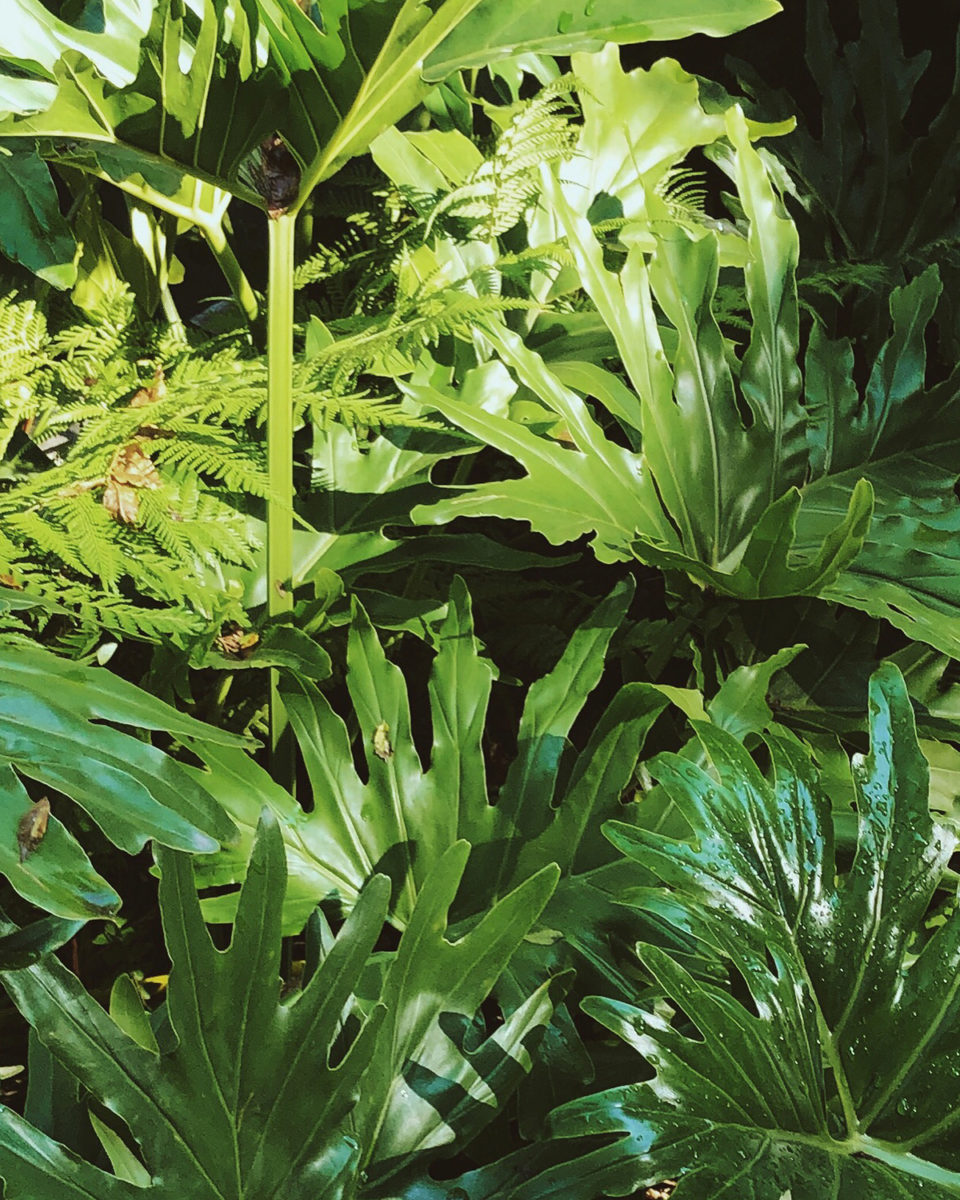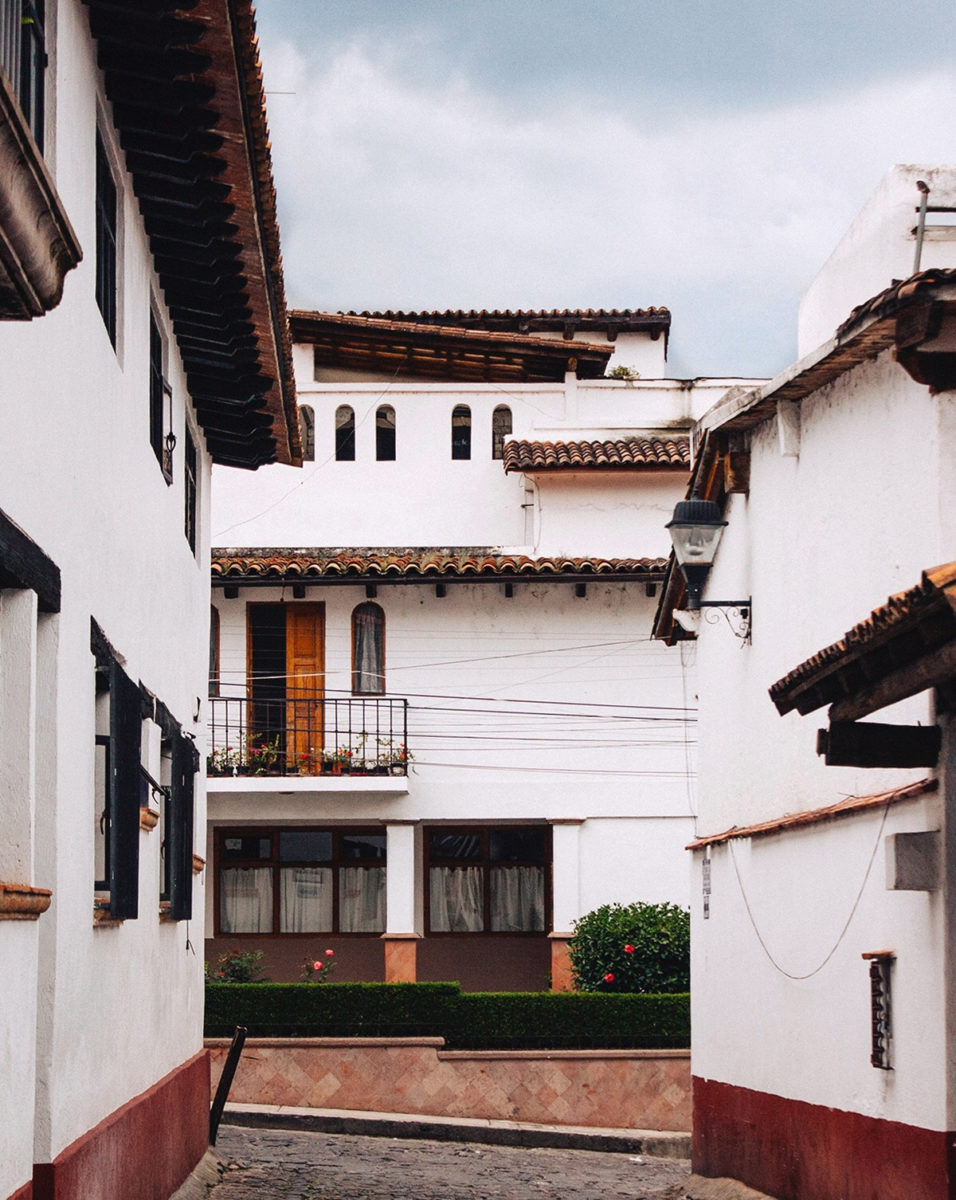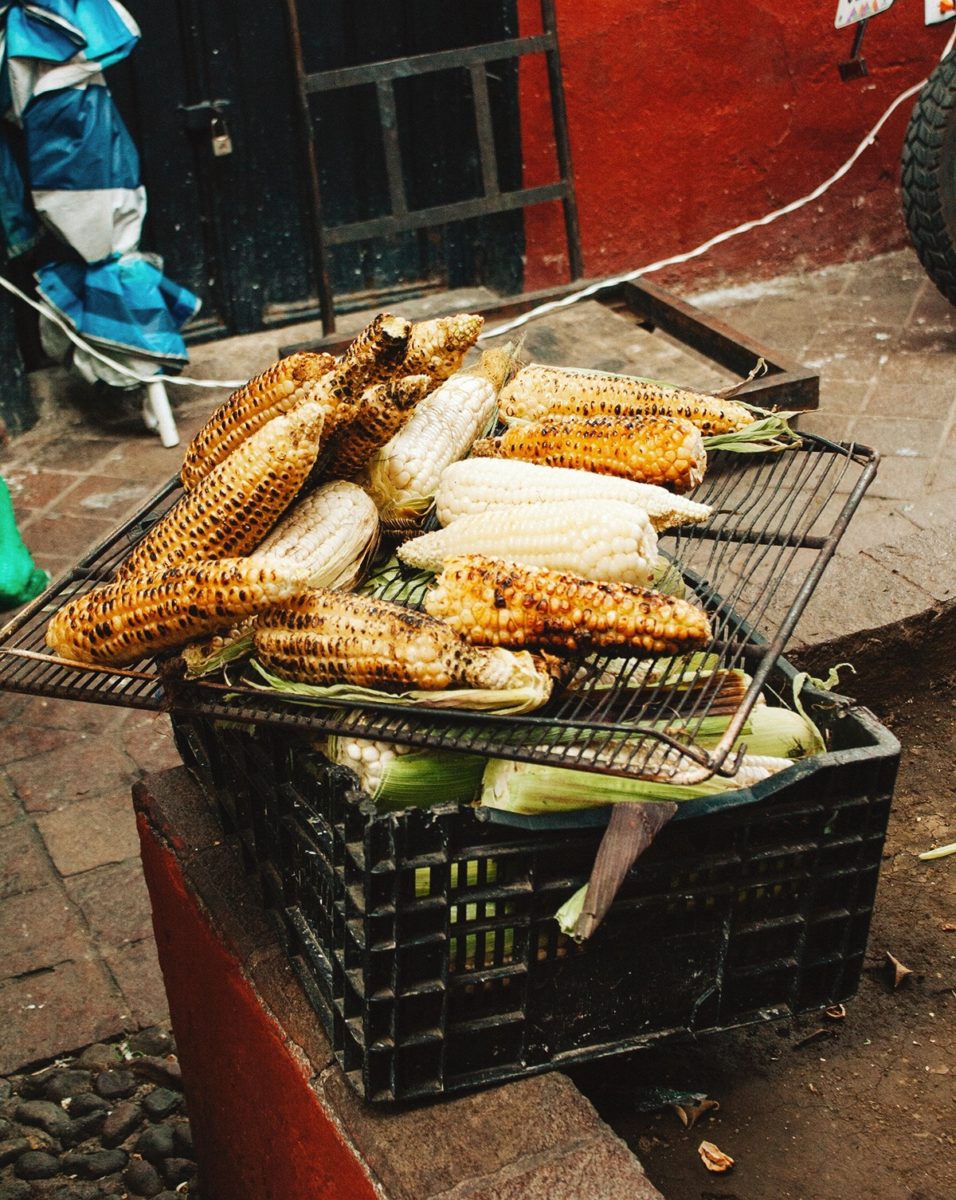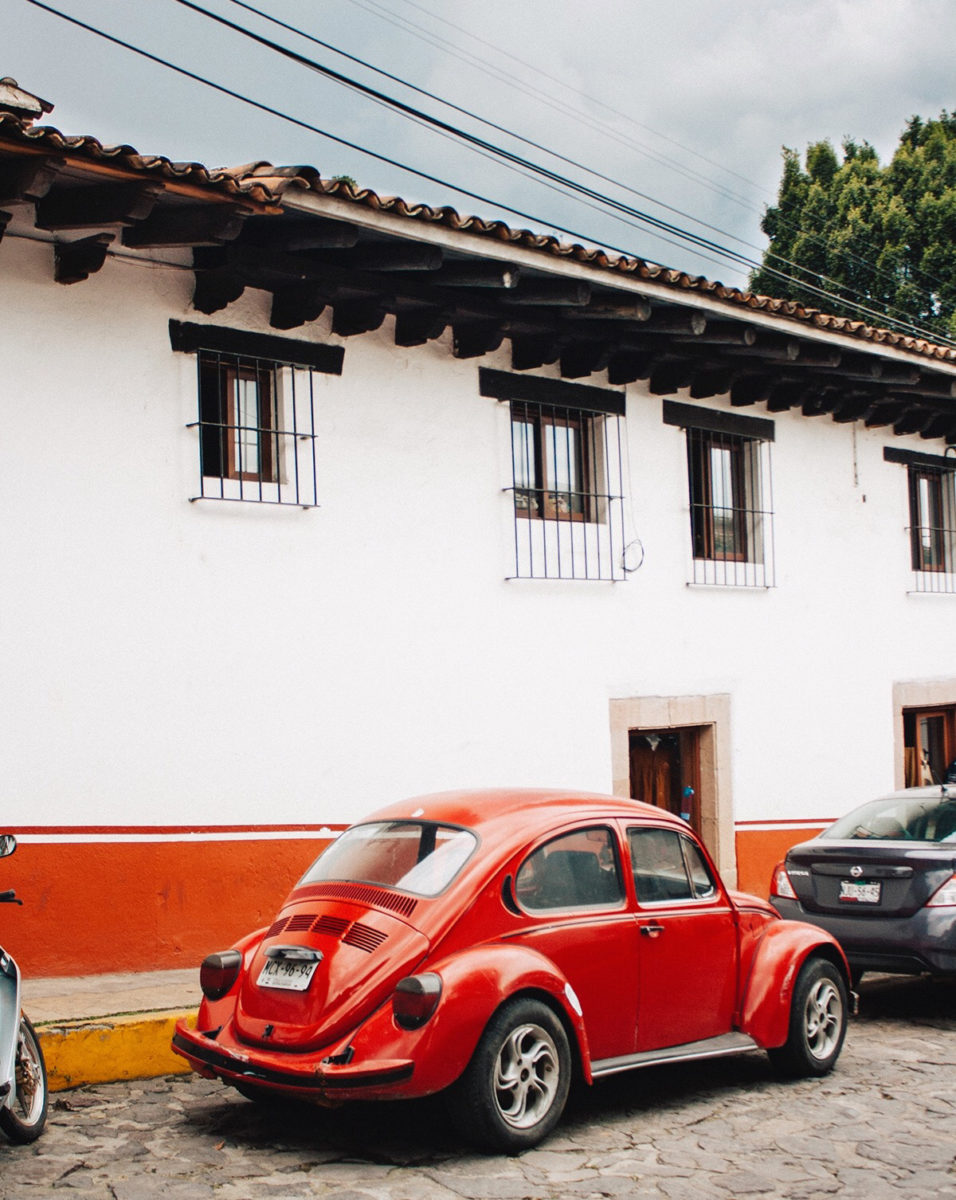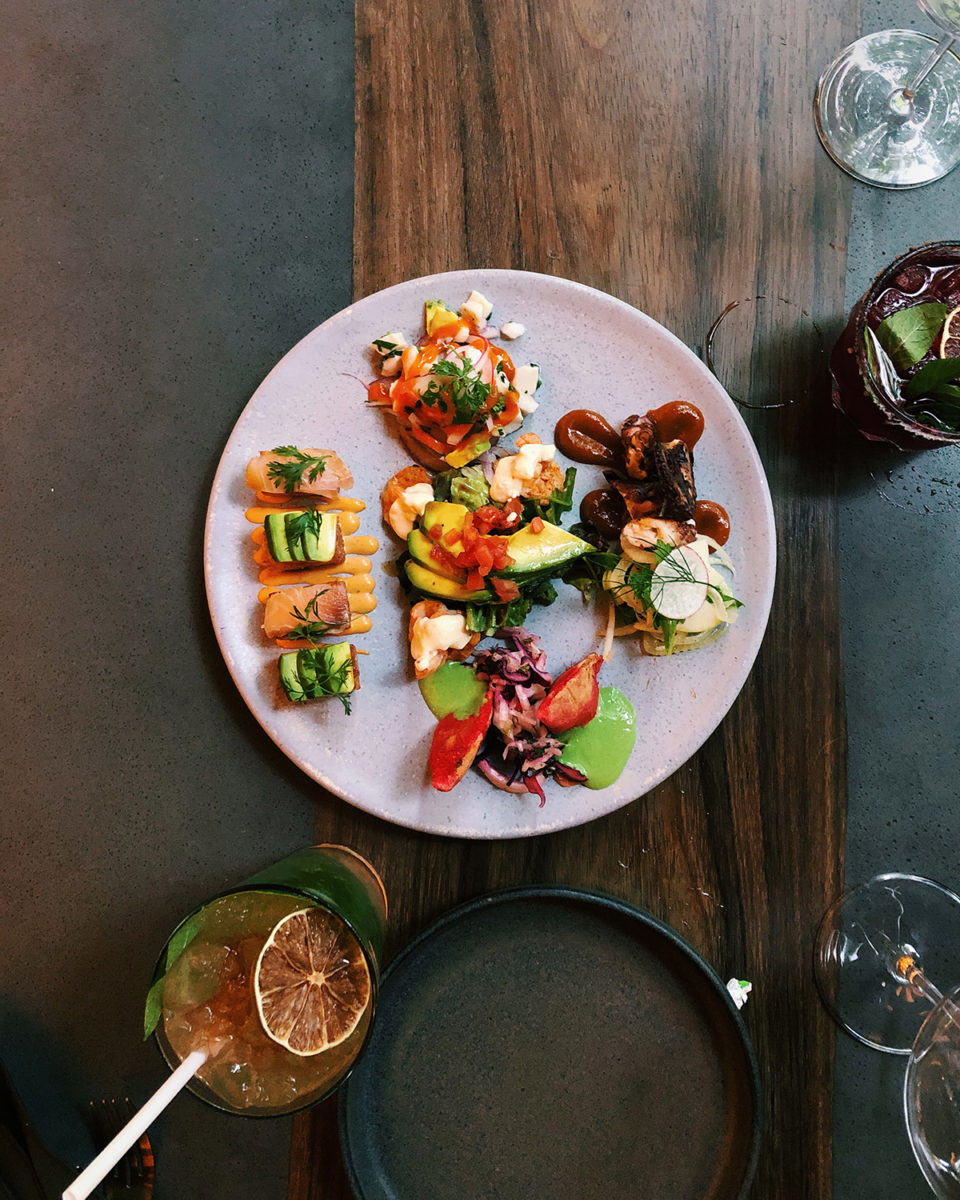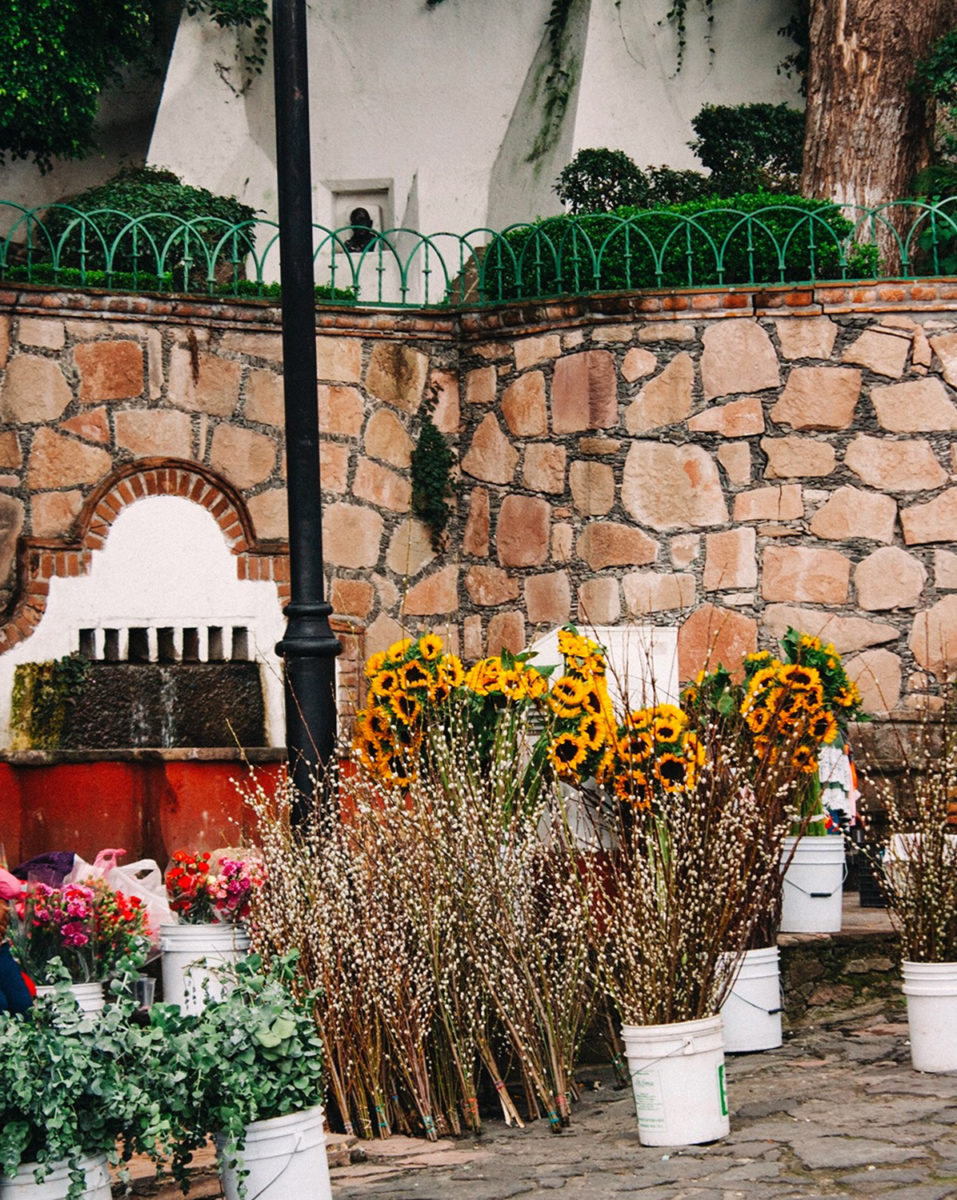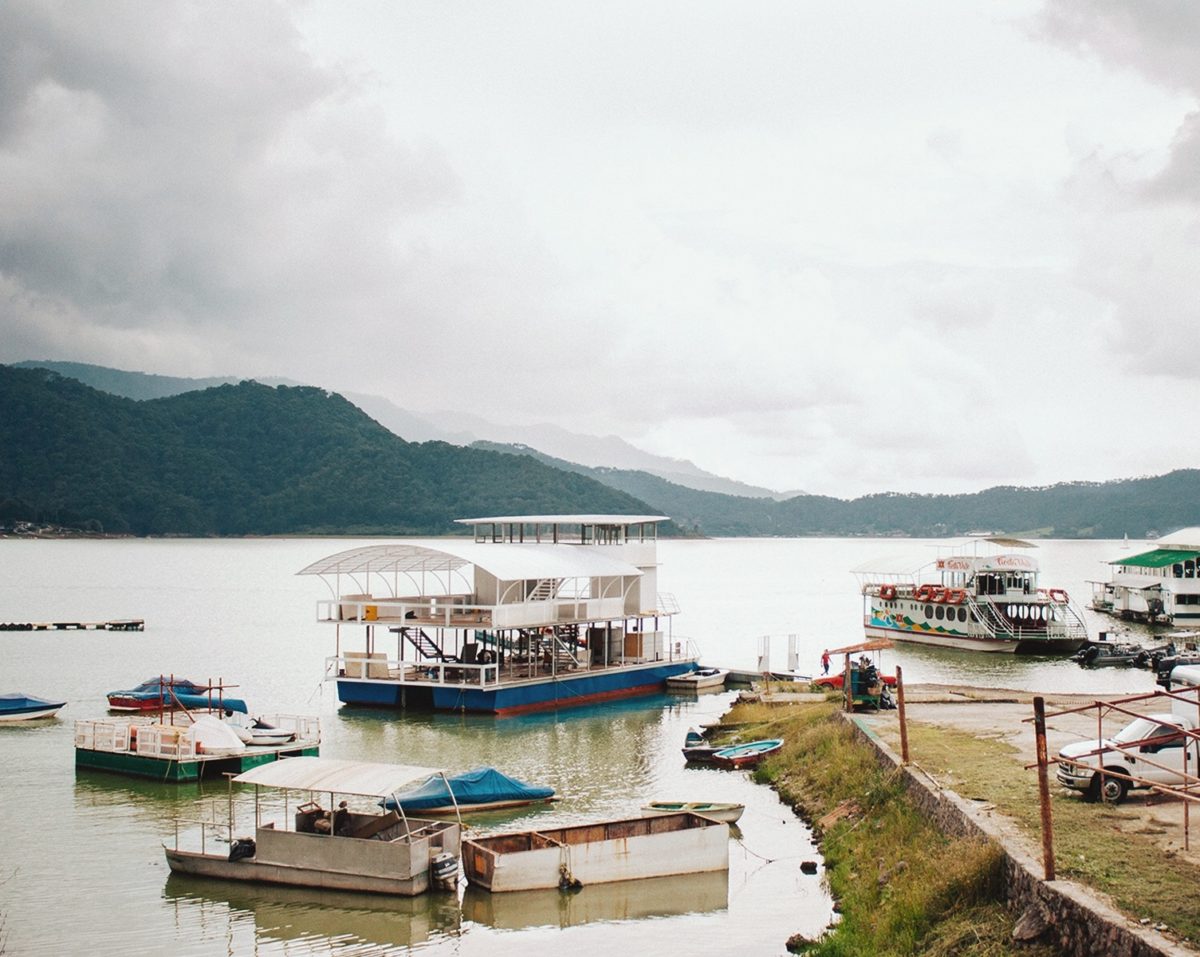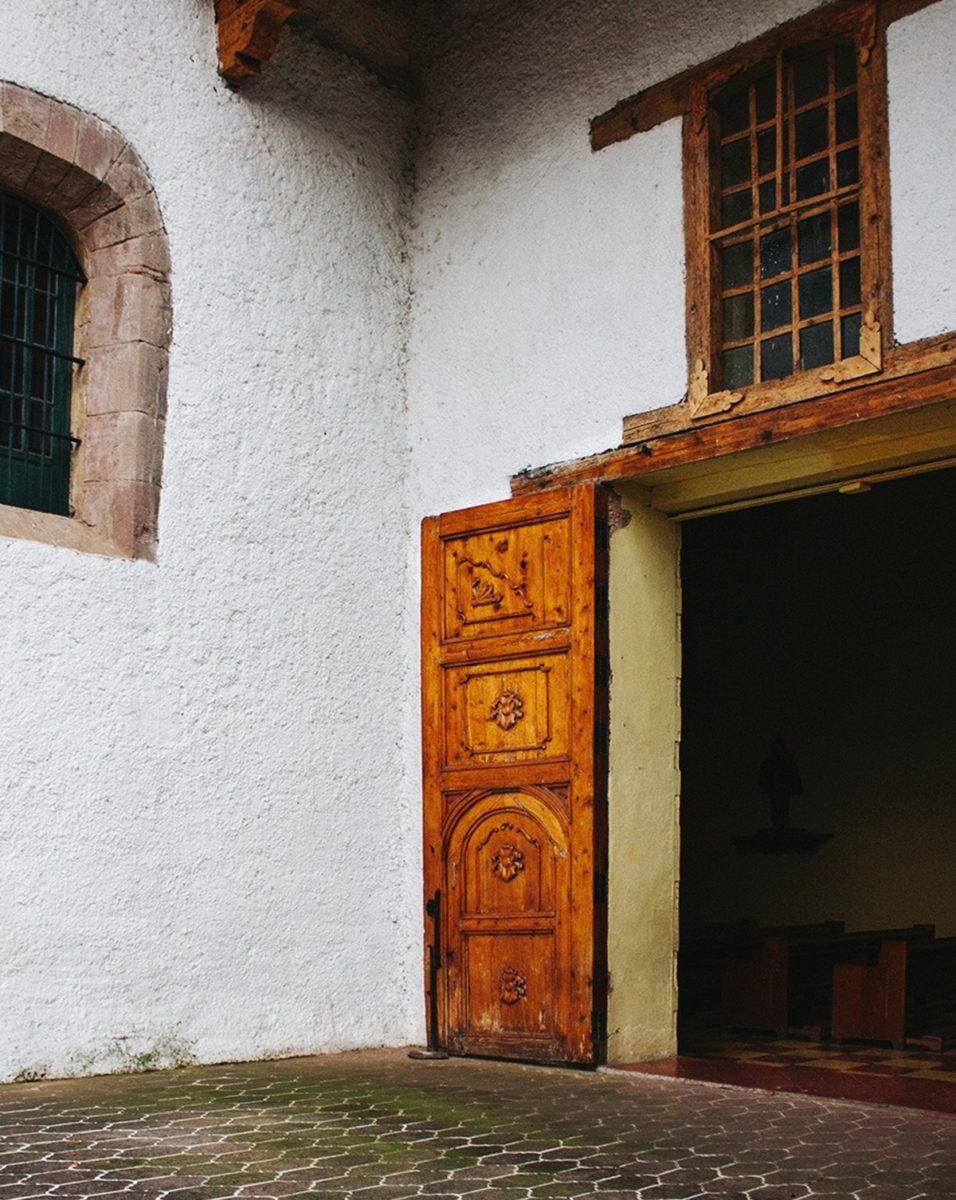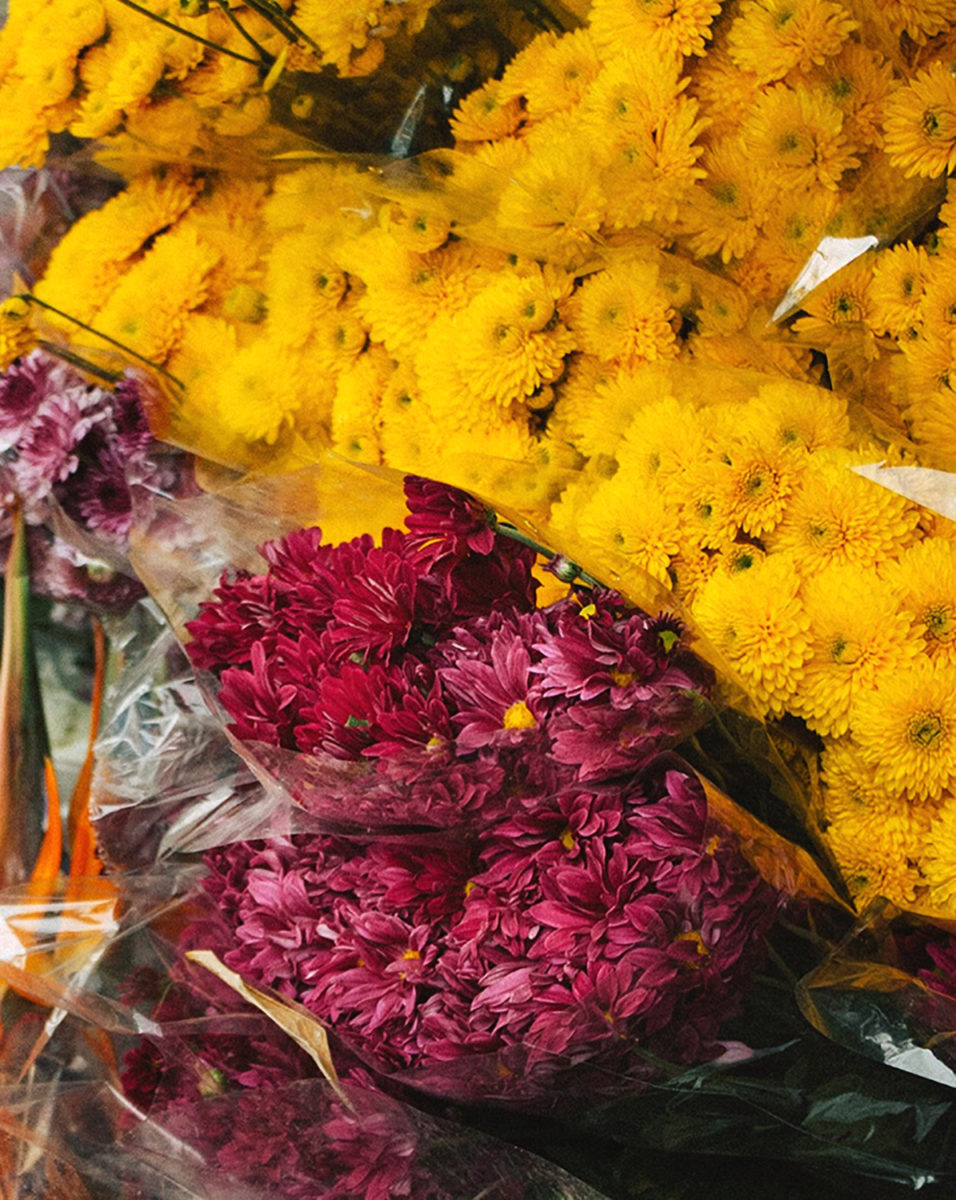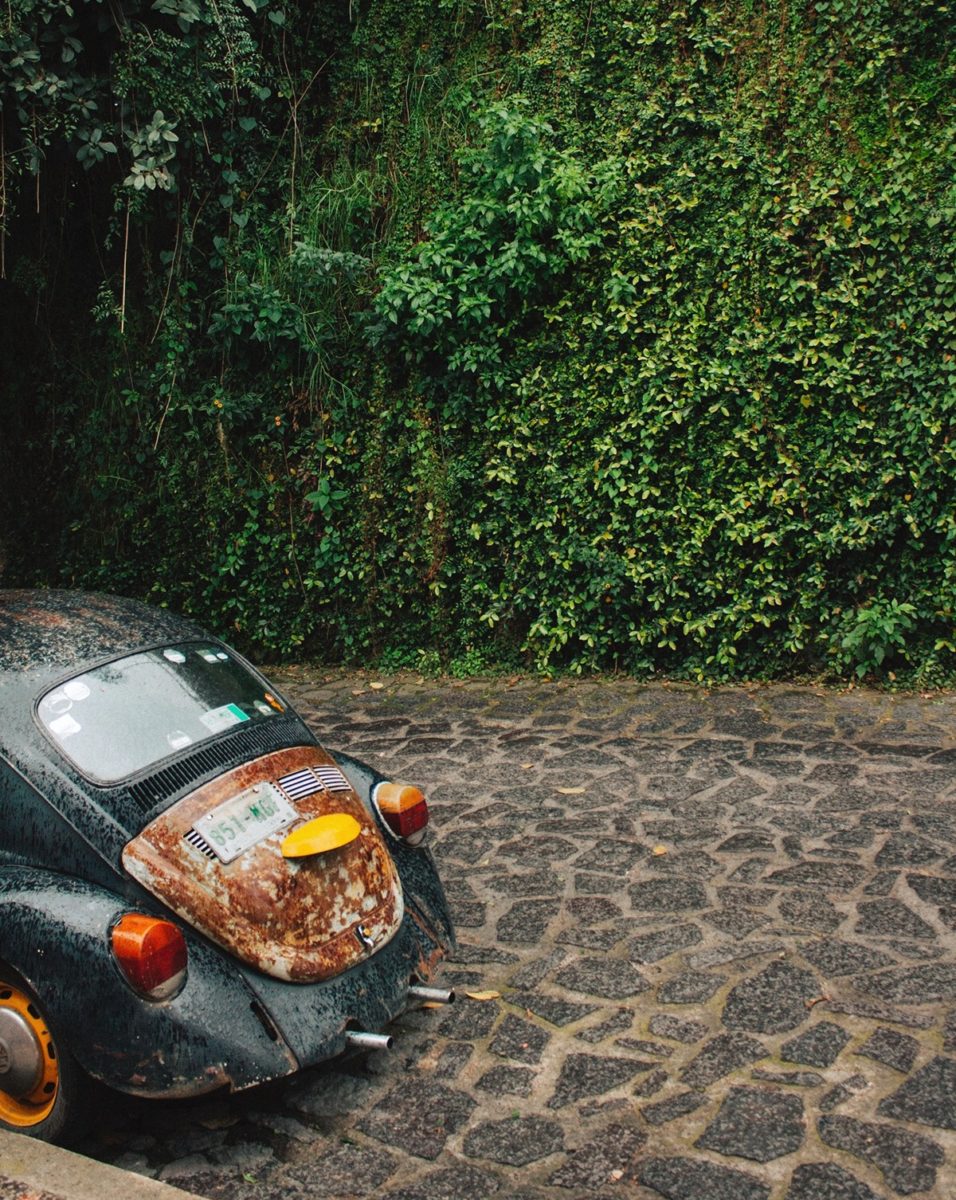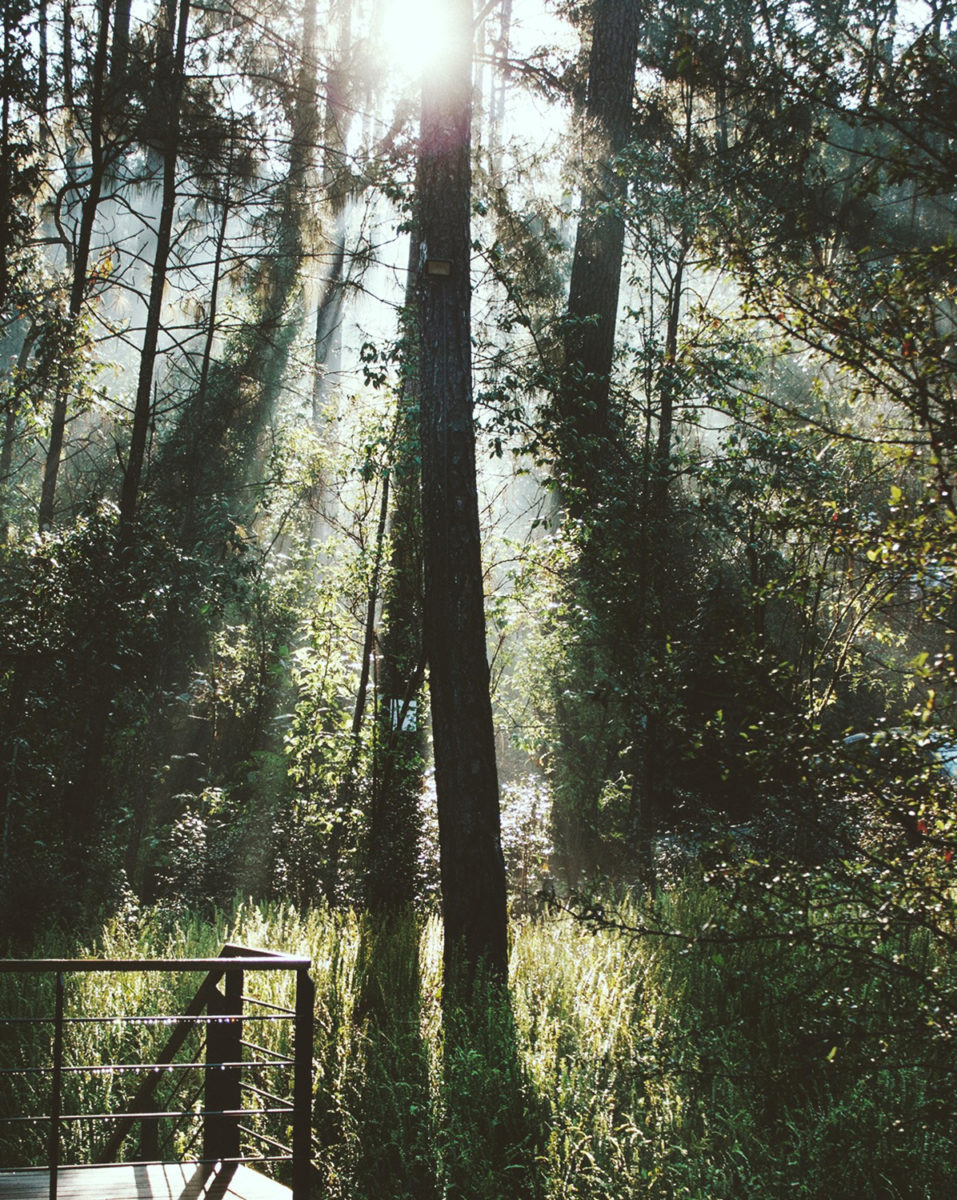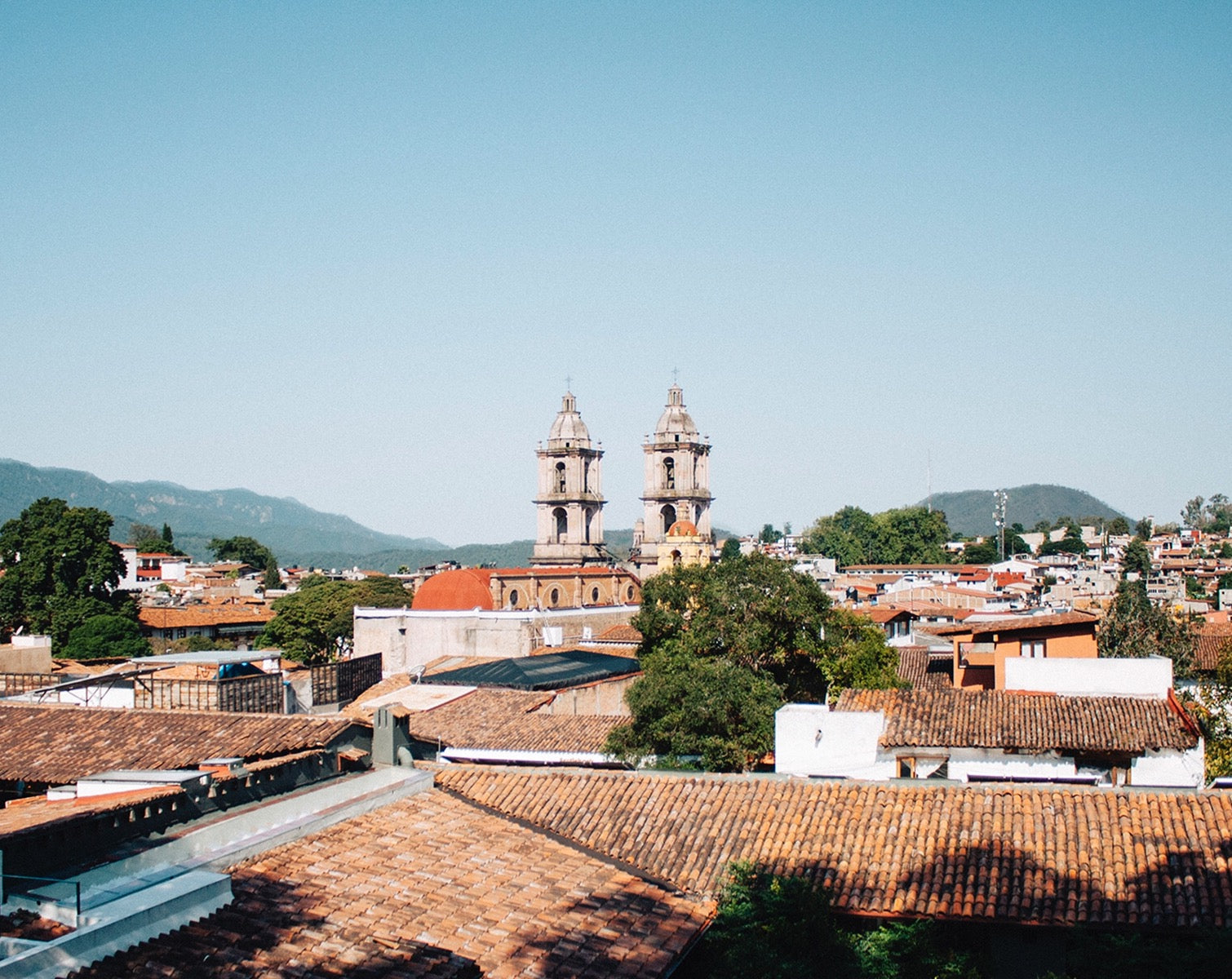
Letting Go in Valle de Bravo, Mexico
Author: Chloe Scheffe
Lead image: The rooftops of Valle and San Francisco de Asis Church seen from La Casa Rodavento, a boutique hotel that was once a grand single-family home.
Valle de Bravo is a gem of a town. Though largely unknown to the world, it’s an important player within Mexico, frequented and beloved by those in the know. It’s located on the shores of Lake Avandaro, in the hills of central Mexico, about two hours west of Mexico City (apparently, Valle de Bravo is to Mexico City what the Hamptons are to NYC).
This is a Mexico I’ve never seen before. Valle de Bravo—locals simply call it “Valle”—was founded in the 16th century and looks it. The cobblestone streets and plazas of Valle have the same patented European charm as Positano or Lisbon but with a specific blend of warmth and vitality that is unique to Mexico.
I’m cautious by nature, but in Valle I find myself changing. I’m warming up, instinctively matching the openness I sense all around me. To start, I tackle two things everybody loves that I have never been able to even like: mezcal and ceviche. (I know, I know.) And it turns out that, well, I am capable of loving them, too. Smoky liquor? It works. Raw fish? Delicious! Valle converts me—this is no small thing.
I also try ziplining through a forest of fresh-smelling pines (a gaggle of adventurous preschoolers, ahead of me on the course, put me to shame with their confidence and grace). I learn how to shoot a bow and arrow (I make up for my lack of zipline prowess by having decent—even good!—aim). And I attempt, shyly, to put my lapsed Spanish to use.
But Valle gets gem status not because it changed my mind about mezcal or challenged me to take on the outdoors, nor because of its architectural charm, natural beauty, or incredible produce (the avocadoes!). Though those are all great, it’s the people. They’re authentic small-town folks—all heart.

